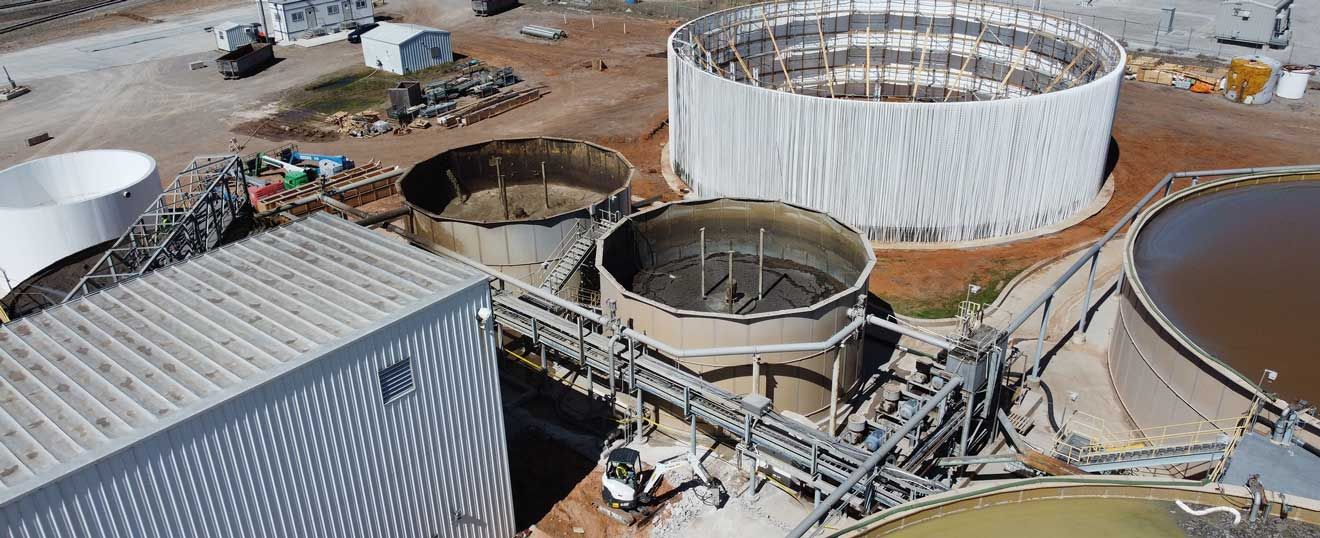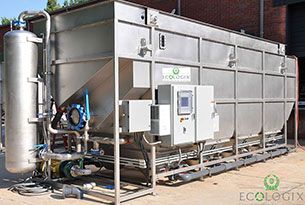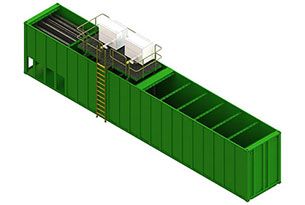Dissolved Air Flotation (DAF) for Pulp and Paper Wastewater Treatment
An essential guide to optimizing water quality and resource recovery in the pulp and paper industry.

Introduction to DAF Technology
The pulp and paper industry is a significant consumer of water and generates large volumes of wastewater with complex characteristics. This wastewater is typically high in Total Suspended Solids (TSS), Biochemical Oxygen Demand (BOD), Chemical Oxygen Demand (COD), color, and various organic compounds, often including wood fibers and fillers.
Traditional wastewater treatment methods can struggle with these challenges, leading to inefficiencies and environmental concerns. Dissolved Air Flotation (DAF) emerges as a highly effective and versatile primary or secondary treatment solution specifically well-suited for the unique demands of pulp and paper mill effluents.
Understanding How DAF Works
DAF is a separation process that clarifies wastewater by removing suspended matter such as oil, grease, and solids. The key principle involves dissolving air in the wastewater under pressure and then releasing the air at atmospheric pressure in a flotation tank. This sudden pressure drop causes millions of microscopic air bubbles to precipitate out of solution.
These tiny bubbles attach to suspended particles, increasing their buoyancy and causing them to float to the surface. A skimming mechanism then removes the concentrated sludge blanket, leaving clarified water at the bottom of the tank. This process is particularly efficient for particles with densities similar to water, which might be difficult to remove by conventional sedimentation.
Key Benefits of DAF in Pulp and Paper Mills
- High Solids Removal: Exceptionally effective at removing fibers, fillers, and other suspended solids, significantly reducing TSS levels.
- BOD and COD Reduction: By removing organic solids and some dissolved organics, DAF contributes to a substantial reduction in BOD and COD, easing the load on downstream biological treatment.
- Color Removal: Helps in reducing the notorious dark coloration often found in pulp and paper wastewater, improving effluent aesthetics.
- Sludge Thickening and Dewatering: Produces a higher solids content sludge compared to sedimentation, which simplifies subsequent sludge handling and dewatering processes.
- Water Recycling and Resource Recovery: Clarified water can often be reused within the mill, conserving fresh water. Recovered fibers can sometimes be repurposed, contributing to circular economy principles.
- Compact Footprint: DAF systems typically require less space than traditional clarifiers due to faster separation rates.
- Operational Flexibility: Can handle variations in flow and contaminant loading effectively, making it suitable for dynamic industrial environments.
Applications within the Pulp and Paper Industry
DAF is utilized across various stages and types of pulp and paper production:
- Primary Clarification: Removing large suspended solids and fibers from raw mill effluent.
- Secondary Clarification: Polishing effluent after biological treatment to remove residual solids and biomass.
- De-inking Plant Effluent Treatment: Particularly effective in handling the high solids and ink particles from de-inking processes.
- Fiber Recovery: Concentrating valuable fibers from process streams for reuse, reducing raw material costs.
- White Water Treatment: Recycling water from paper machines back into the process.
Conclusion
Dissolved Air Flotation (DAF) offers a robust, efficient, and economically viable solution for the complex wastewater challenges faced by the pulp and paper industry. Its ability to effectively remove a wide range of contaminants, recover valuable resources, and facilitate water reuse makes it an indispensable technology for mills striving for operational excellence and environmental sustainability.
For more information on DAF solutions tailored for your pulp and paper operations.








